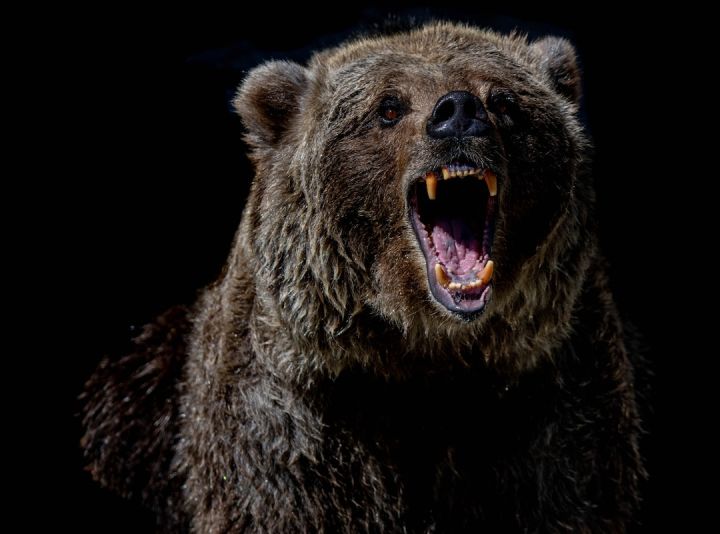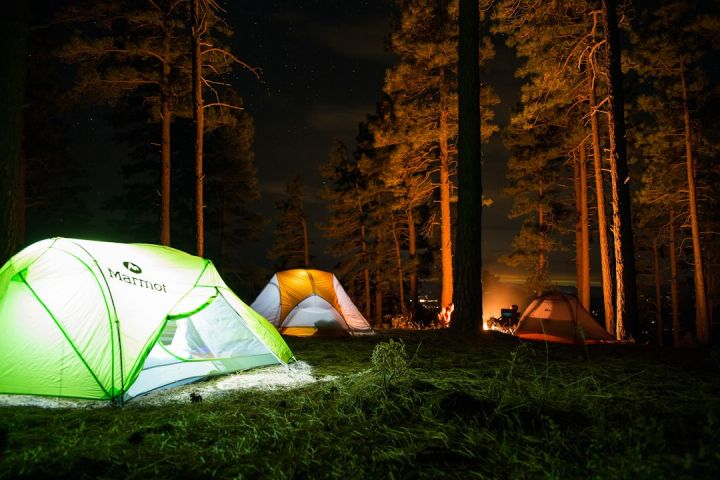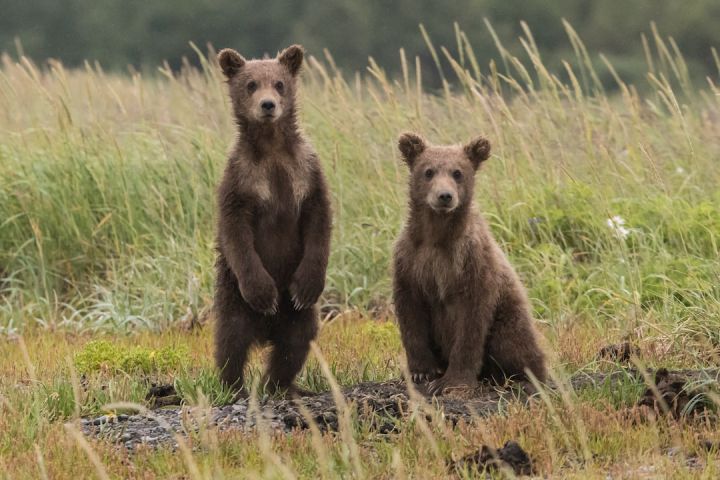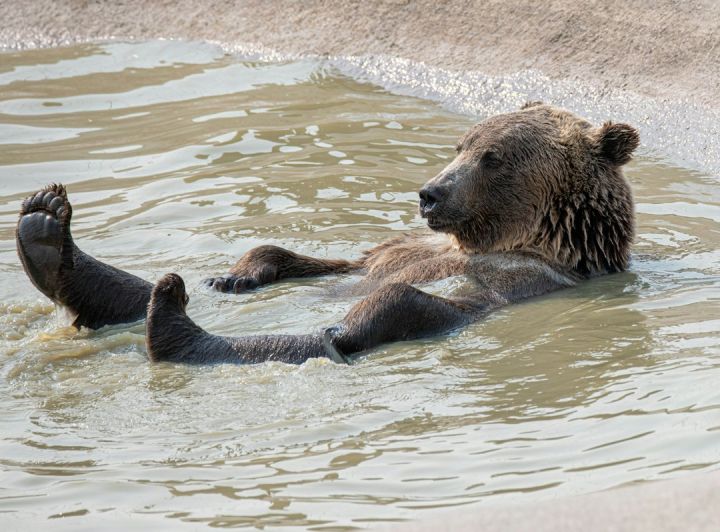What Is the Chance of Surviving a Bear Encounter?
If you ever find yourself face to face with a bear in the wild, your survival instinct will kick in and you’ll wonder what the chances are of making it out alive. While every bear encounter is unique and outcomes can vary, understanding some key factors can increase your chances of surviving such an encounter. In this article, we will explore the different aspects that can affect your chances of surviving a bear encounter and provide some tips on how to react in such a situation.
Understanding Bear Behavior
Before we delve into survival strategies, it’s important to understand bear behavior. Bears are generally shy animals and will often try to avoid human contact. However, if they feel threatened or if their cubs are in danger, they may become aggressive. It’s crucial to be able to identify the signs of an aggressive bear to assess the situation accurately.
Types of Bears and Their Aggression Levels
Different species of bears have varying levels of aggression. Grizzly bears, also known as brown bears, are generally more aggressive than black bears. They are known to be territorial and protective of their cubs. Polar bears, on the other hand, are extremely aggressive and should be avoided at all costs.
Factors Affecting Survival
Several factors can affect your chances of surviving a bear encounter. These include the type of bear, the distance between you and the bear, your behavior, and the environmental conditions. Let’s take a closer look at each of these factors.
Type of Bear: As mentioned earlier, grizzly bears and polar bears are more aggressive than black bears. Your chances of surviving an encounter with a black bear are generally higher as they are less likely to attack.
Distance: The distance between you and the bear plays a crucial role in determining the outcome of the encounter. If you come across a bear from a safe distance, you have a better chance of avoiding an attack. However, if the bear is already in close proximity, your chances of escaping unharmed decrease significantly.
Your Behavior: How you behave during a bear encounter can make a difference in whether you survive or not. It’s important to remain calm and avoid sudden movements. Try to appear non-threatening by making yourself look bigger, speaking calmly, and slowly backing away.
Environmental Conditions: The environment in which the encounter takes place can also affect your chances of survival. In dense forests or areas with limited escape routes, it may be harder to escape a bear’s attack. Conversely, in open areas, you may have more chances of finding a way to escape.
Tips for Surviving a Bear Encounter
While there are no foolproof methods to guarantee survival in a bear encounter, following these tips can increase your chances:
1. Carry bear spray: Bear spray is a deterrent that can be effective in warding off an attacking bear. Make sure to keep it easily accessible.
2. Make noise: Bears are more likely to avoid humans if they are aware of their presence. Make noise while hiking, especially in areas with limited visibility.
3. Travel in groups: Bears are less likely to approach a group of people. If possible, hike or camp with others.
4. Avoid surprising bears: If you see a bear from a distance, give it plenty of space and avoid surprising it. Make your presence known by speaking calmly and waving your arms.
5. Do not run: Running away from a bear can trigger its predatory instinct. Instead, stand your ground and slowly back away while keeping an eye on the bear.
Conclusion: Increasing Your Chances of Survival
While the chances of surviving a bear encounter cannot be predicted with certainty, understanding bear behavior, being prepared, and following the tips mentioned above can significantly increase your chances of surviving such an encounter. Remember, it’s crucial to stay calm, assess the situation, and act accordingly.






